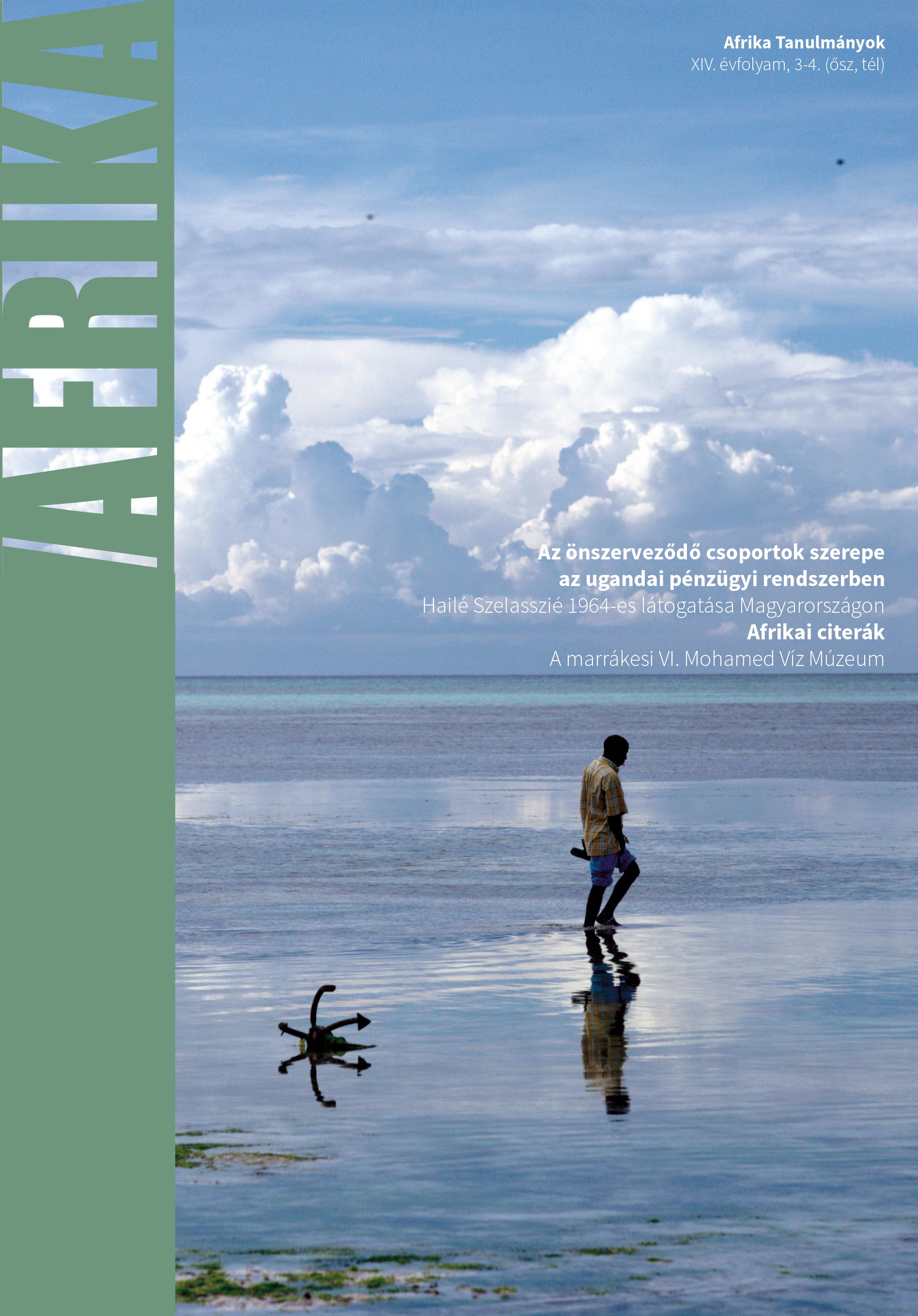African Zithers
DOI:
https://doi.org/10.15170/AT.2020.14.3-4.3Abstract
A general historical survey of African zither types cannot fail to highlight the disproportionalities brought about in the study of Africa by the essentialistic ideology of Afrocentrism. Thus the widely known videoclip of the 1987 hit Yé-ké-yé-ké by the late Mory Kante (d. 22nd May 2020), musician and composer of Guinean Mandinka origin has allowed millions to experience the kora harp lute with which he accompanied his song and popularized this instrument as well as the musical tradition of the West African griots, while the obviously related mvet harp zither is scarcely known today. This despite the fact that both the latter instrument type and its specialists, the mbomo mvet master singers, played a very similar role in the cultures of the Central African chiefdoms, as did the nanga bards playing the enanga trough zither in the East African kingdoms. Another important and interesting historical insight provided by a careful morphological and etymological analysis of African zither types and their terminology that takes comparative account of South and Southeast Asian data and ethnographic parallels concerns the possibility of borrowings. Thus stick and raft zither types may well have reached the eastern half of West Africa and the northeastern part of Central Africa – several centuries prior to the era of European geographical explorations – owing to population movements over the Red Sea. It seems therefore probable that the African stick bridges harp zithers (in fact a sui generis instrument type rather than a subtype of zithers) developed from South Asian stick zither types. On the other hand, tube zithers and box zithers – fretted-enhanced versions of the stick zither – certainly reached Africa because of the migration of Austronesian-speaking groups over the Indian Ocean, since their recent ethnographic analogies have survived in Southeast Asia as well. By contrast types of trough zither, confined to East Africa, must have developed in Africa from box zither types, which are based on similar techniques of making the strings tense. The hypothesis of African zither types having originated from beyond the Indian Ocean is further strengthened by the absence of these instruments in such regions of Sub-Saharan Africa as the Atlantic coast of West Africa as well as in Northeast, Southwest and South Africa. Thus the historical overview of African zither types also helps refute the erroneous idea that prior to the arrival of European explorers and colonizers the continent was isolated from the rest of the world. In fact seafaring peoples such as the Austronesians, Chinese, Indians, Arabs and Persians did continually reach it, bringing with them cultural artifacts, production techniques and agricultural products among other things, which would then spread over large distances along the trade routes over Africa.
Downloads
Published
How to Cite
Issue
Section
License

This work is licensed under a Creative Commons Attribution-NonCommercial-NoDerivatives 4.0 International License.
















